Hip Roof vs Gable Roof: Pros, Cons & Differences
-
Visnja Radosavljevic
- Last updated:

Roofing on your home is extremely important; it protects your home from snow, wind, and rain while also affecting the curb appeal of your home. Because of that, it’s crucial to have a functional yet beautiful roof that will enhance your home’s overall look and increase its value.
Hip and gable roofs are typically the two most popular roofing options. If you’re building a home or considering replacing your roof, it’s beneficial to know more about these roof types, as you’ll be able to make a roofing decision more easily.
Read on to learn more about hip and gable roofs, along with their pros, cons, and differences.
Overview of Hip Roofs
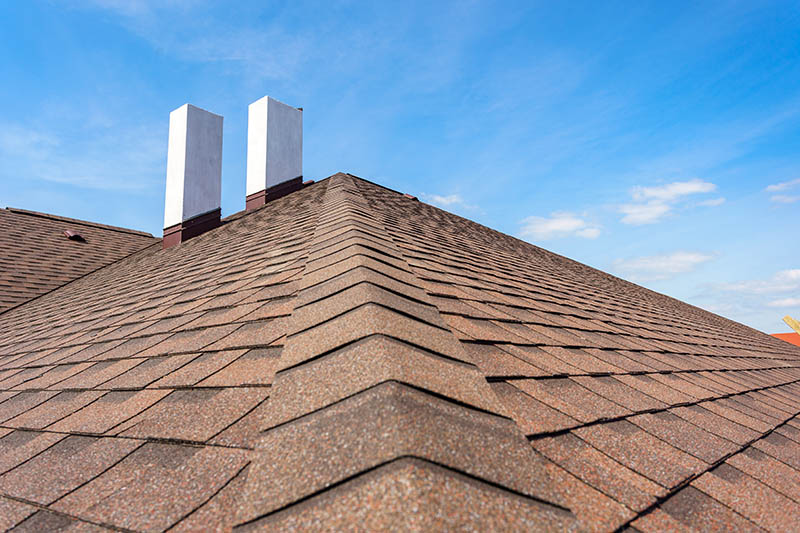
How Does It Look?
Hip roofs are roofs without vertical ends, and the hip part stands for the external angle where adjacent sides meet. These roofs have slopes on all sides and meet at the roof’s peak if the structure is square-shaped. However, if the structure is rectangle-shaped, the slopes form a ridge along with adjacent sides. Hip roofs don’t have a flat face, which makes them distinctive from gable roofs.
These roofs are more complicated to make than gable roofs, which is why they’re frequently expensive. Still, they look beautiful and will increase your home’s curb appeal.
Hip Roof Variations
- Mansard roof — In this type of hip roof, all sides have two different sloping angles. The lower angle is typically much steeper than the upper angle, which is why people frequently refer to them as valleys. The popularity of these hip roofs has drastically increased over the last few years.
- Pavilion roof — This type of hip roof, also known as the pyramid roof, is opposite the mansard roof. It has a square structure, and all its sides join in a single peak.
- Tented roof — This type of hip roof is multi-sided, meaning it has steep slopes that rise together, forming a peak similar to how church steeples look.
- Dutch Gable roof —This type of hip roof features a small gable which is how it got its name. The gable is typically positioned on the front side of the roof.
- Half-hip roof — This type of hip roof is actually an add-on to a gable roof. Commonly, the gable’s end includes a small section of a hip roof that slopes to the ridge.
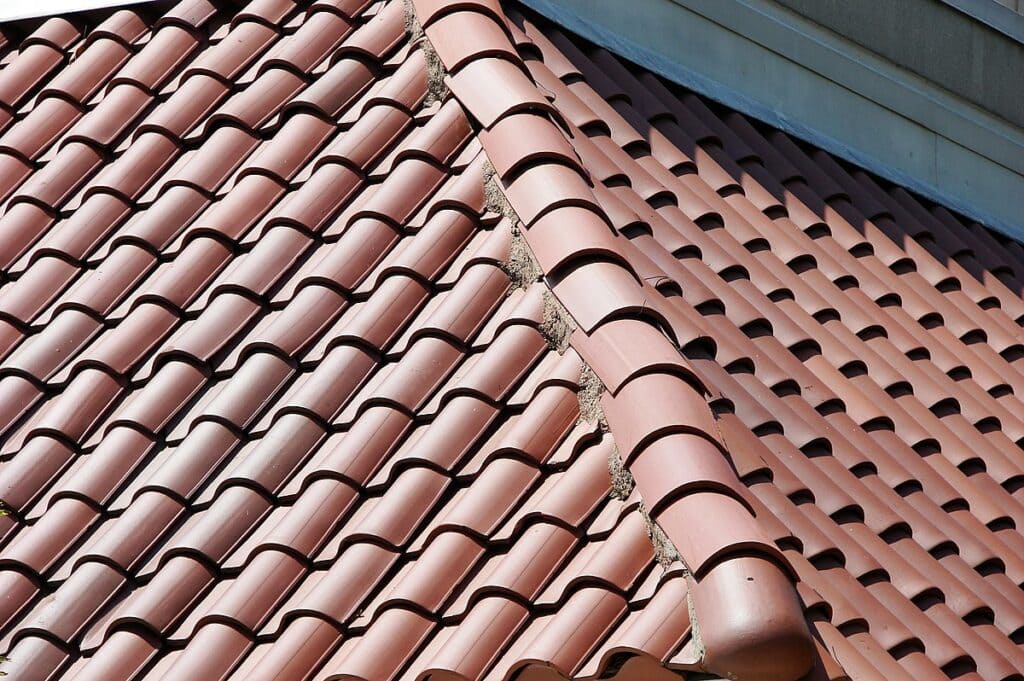
When To Choose a Hip Roof
Hip roofs are a great option for anyone who wants to add more curb appeal to their home while protecting it from wind and inclement weather. If you live in areas with heavy winds and snow, hip roofs will add the needed protection for your home, increasing its functionality, safety, and value. These roofs are more expensive than gable roofs, meaning you’ll need to have a higher budget, but they’re well worth the price.
While these roofs are extremely functional, they don’t leave a lot of free space in your attic. If you’re looking to add that extra space to your home, this might not be the option for you.
- Stable
- Durable
- Improves curb appeal
- More light
- Consistent appearance
- Expensive
- Susceptible to leaks
- Less attic space
Overview of Gable Roofs
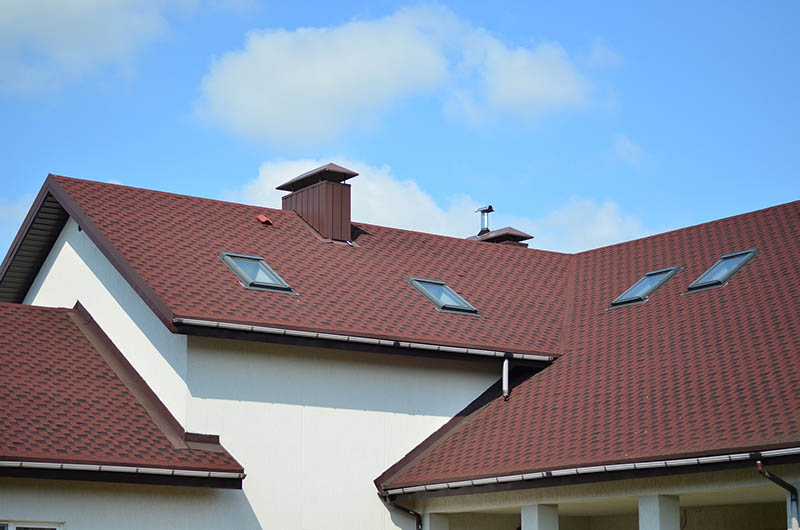
How Does It Look?
Gable roofs are roofs with at least one flat side, which is actually the home’s wall, called the gable. Depending on the variation of the gable roof you choose, it could have multiple gables, changing the appearance of your roof. However, even with the variations, you can easily recognize a gable roof because of its triangular shape.
These roofs are slightly less appealing than hip roofs, but they’re still an extremely popular roofing option in the US. As this roof is simpler to make, it will typically cost less money, which is good when you’re on a budget.
Gable Roof Variations
- Open gable roof — This is a classic gable roof that has the gable made of the home’s siding material, typically located at the front, which is why some call this type the front gable roof.
- Cross-gabled — This gable roof consists of at least two gable sections that intersect at an angle. It’s a common style for homes with an attached garage or different home wings.
- Box gable roof — This is a variation of gable roofs with an enclosed gable that is typically extended.
- Saltbox gable roof — A unique type of gable roof that comes from the quintessential colonial style. It combines a front gable roof with one side that extends further than the other side. As the roof and the structure are asymmetrical, the home will have much more space than homes with a typical open gable roof.
- Gambrel roof — This type of roof is a gable variation of the mansard hip roof. The roof sides have two different slopes and will have a complex shape instead of a typical triangle. People commonly use them for barns and similar structures.
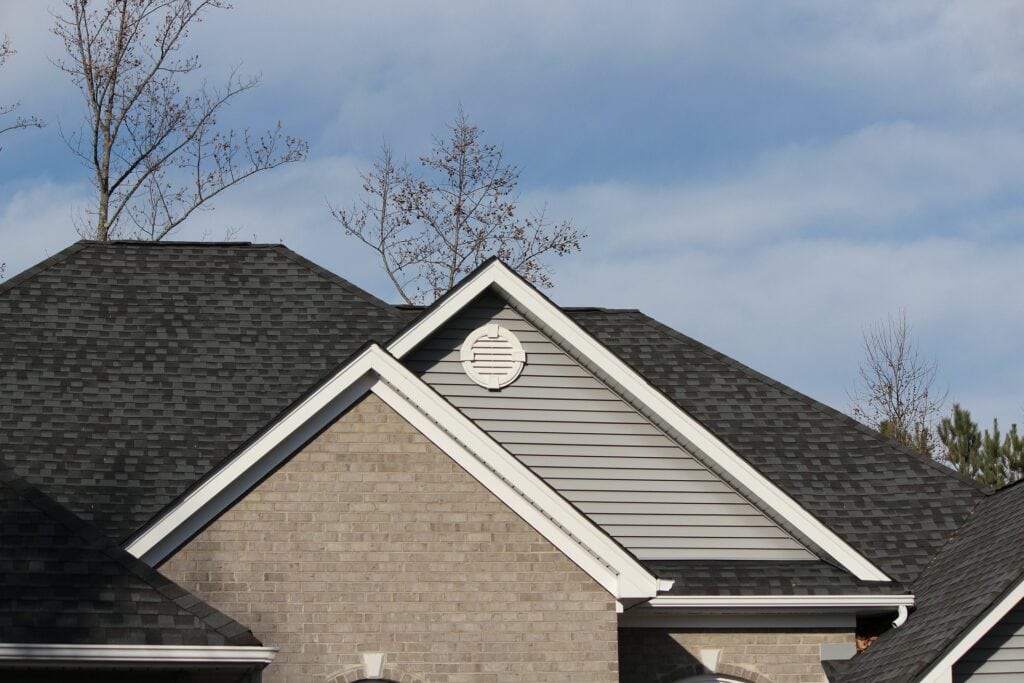
When To Choose a Gable Roof
Gable roofs are a great option for people who want a functional, practical roof that won’t cost a fortune. While these roofs typically have less curb appeal than hip roofs, there are many variations you can combine to make your gable roof aesthetically pleasing. These roofs perform great during snow and heavy rain, but they could suffer from wind damage which is something to keep in mind.
This roof will be a more suitable roof option if you want more attic space to store your belongings. Due to higher ceilings and more space, these roofs also offer better ventilation in your home.
- Sheds snow and water easily
- More attic space
- Better ventilation
- Affordable
- Less durable during wind
- Harder to build
Biggest Differences Between Hip Roofs and Gable Roofs
When choosing the type of roofing for your home, it’s essential to consider all the factors that the roof has. That way, you can easily determine which one works better for your needs. While hip roofs and gable roofs have some similarities, they’re quite different, so we’ll cover their most significant differences below.
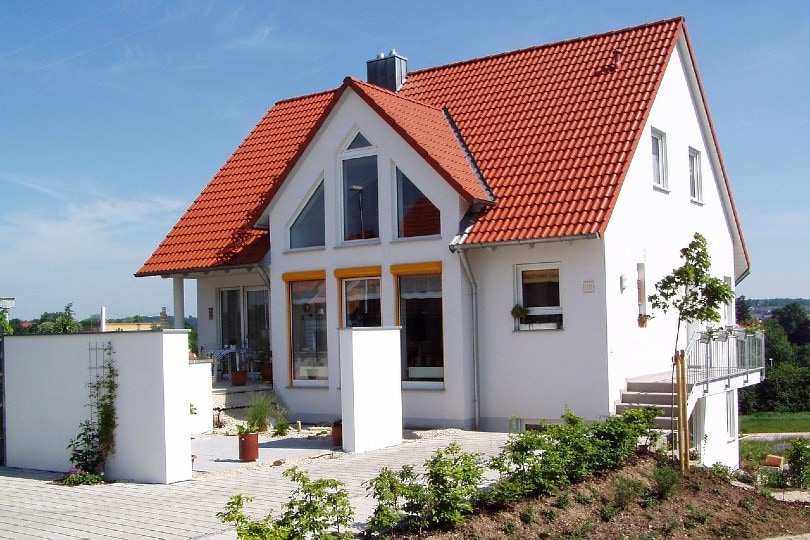
Appearance
Typically, hip roofs are better looking and add more curb appeal to homes. These roofs feature sloping sides without any vertical extensions. On the other hand, gable roofs consist of gables—triangular-shaped sections formed by the home’s wall. These roofs have at least two sides of the wall extending to the roofline.
Both roofs have multiple variations, allowing you to choose the one that fits your aesthetics the best.
Materials
Hip roofs can be covered with any type of material, from shingles to tiles and metal. Nowadays, the most popular materials for hip roofs are typically:
- Terracotta tiles
- Concrete tiles
- Steel
However, as the price of your hip roof also depends on the material, be sure to choose something beautiful yet budget-appropriate.
Similarly, gable roofs can also be covered with various materials, including:
- Asphalt shingles
- Terracotta tiles
- Metal
- Cedar shakes
- Concrete tiles
- Clay tiles
However, if you plan on building a gable roof with valleys, hips, or dormers, it should be roofed with either standing seam or metal shingles to prevent possible leaks.

Functionality and Durability
Both hip and gable roofs are durable, but each has downsides. Hip roofs are typically more durable, especially during the wind. They shed snow and water quite easily, although they can be susceptible to leaks. Still, they will keep your home safe even during bad weather and stay in good shape.
Gable roofs are excellent at shedding snow and water, but they’re not the best performers during harsh wind. Because of that, hip roofs are a better option for windy areas.
As for the functionality, both roofs are functional, although gable roofs typically allow you to have more attic space and increase the storage ability of your home.
Price
The price of building a hip roof is commonly much higher than gable roofs. Still, these roofs are easier to make, meaning their construction will be done much faster than a gable roof. Gable roofs are cheaper but harder to build, so their construction might take a while, which can be inconvenient for people in a hurry.
Which is Right for You?
| Hip Roof | Gable Roof | |
| Wind durability | ✓ | |
| Snow durability | ✓ | |
| More affordable | ✓ | |
| More attic space | ✓ | |
| Better Appearance | ✓ |
Before deciding on one of these types of roofs, carefully think about their benefits and disadvantages. Here’s a short guide that will help you determine which roof would be a better choice for you.
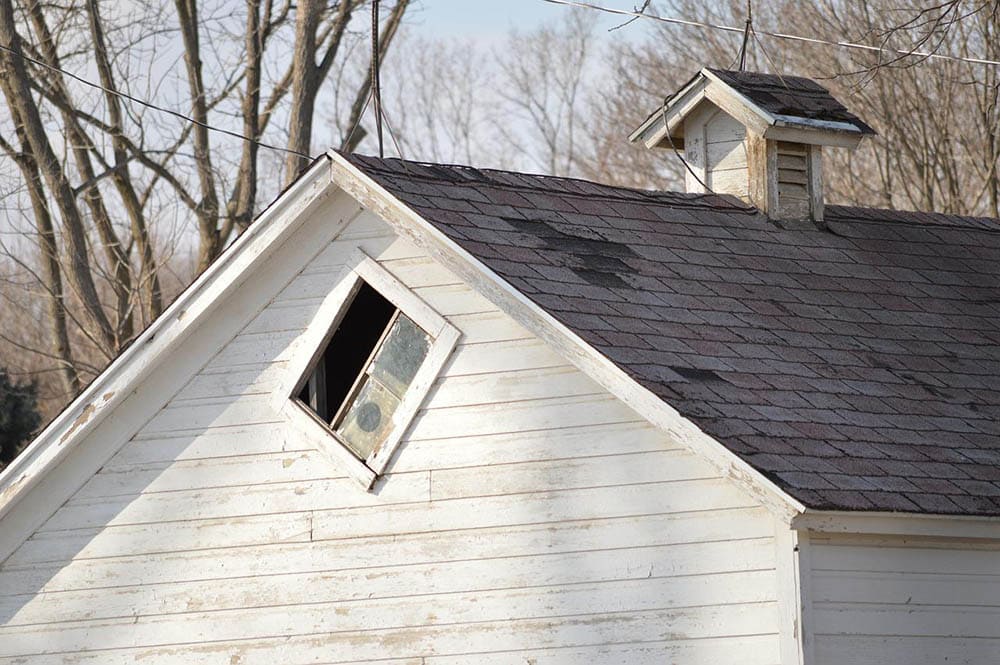
When To Choose a Hip Roof?
- When you have a higher budget
- When you want to increase your home’s curb appeal
- When you live in a high-wind area
- When you don’t need extra attic space
- When you want to add more light to your home
- When you want the project to finish quickly
When To Choose a Gable Roof?
- When you have a lower budget
- When you don’t need to increase your home’s curb appeal
- When you live in an area with low winds
- When you want to increase your attic space
- When you want to improve your home’s ventilation
- When you have time to wait for the project to end
Conclusion
Hip roofs and gable roofs are the two most popular roofing options in the USA, as they have a lot of benefits. Each roof type is unique in its own way, which is why it’s helpful to know everything about them. With all the details from our article, you’ll be able to determine which option is better for your environment and needs.
Featured Image Credit: (L) Hip Roof (ErikaWittlieb, Pixabay), (R) Gable Roof (Pixabay, Pexels)
Contents
